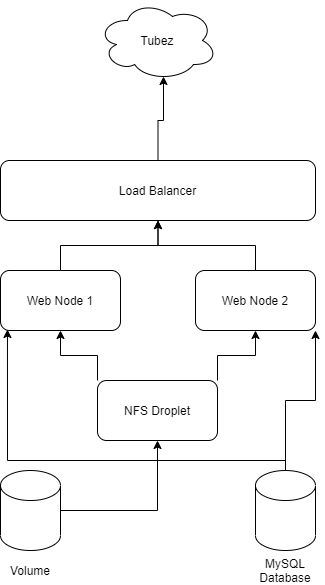If you’re using any Bitnami images you need to be aware of the changes Bitnami is making to their community offering (and no, I’m not talking about the stunt they pulled last year to block so called unsecure images in their Helm charts coupled with the pull rate changes). On August 28th, 2025 you will only be able to pull images with the latest tag unless you subscribe to Bitnami Secure Images or switch to the bitnamilegacy repository (which will not receive updates and has no announced sunset date).
You can read more about the change here: https://github.com/bitnami/charts/issues/35164
Additionally, I asked ChatGPT deep research to do some digging on alternatives and migration strategies available here: https://chatgpt.com/s/dr_68835b1ba2e48191bd7f212dc55d5d91
I think the short is that unless your organization has the resources to fork Bitnami’s chart and container repositories and start maintaining these internally, you’d better switch to bitnamilegacy to prevent image pull issues that break your environments then pray the community steps in and forks these.


